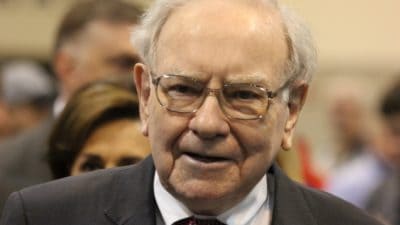Upon first glance J Sainsbury (LSE: SBRY) might appear to be a FTSE 100 income share worthy of serious consideration.
Sure, it isn’t without its fair share of trouble, but sunny-side-up investors could argue that its low valuation — a forward P/E ratio of 9.5 times — reflects these problems. On top of this is the supermarket’s corresponding dividend yield of 5.4% that beats the broader Footsie average by almost a whole percentage point.
Look past these appealing numbers, though, I would say that the Sainsbury’s share price is in freefall (down almost 40% in the past 12 months), and latest trading numbers suggest that it’s set to keep on sliding.
The trouble is spreading
The struggles of Britain’s traditional ‘Big Four’ supermarkets, a list which also includes Tesco, Morrisons and Asda, have commanded a lot of column inches because of the rapid disruption discounters Aldi and Lidl have caused. But unfortunately for Sainsbury’s, it also appears to be losing trade to its established rivals at an alarming rate.
This was evident in quarterly numbers unpacked this week which showed like-for-like revenues excluding fuel down 1.6% in the 16 weeks to June 29. Chief executive Mike Coupe claimed that the business had “made good progress in a challenging market” but the numbers suggest something different — that latest sales performance is worse than the 0.9% drop printed in the prior quarter.
Just as alarming is news that the pressures in the grocery market are spreading to the chain’s other markets as well. General merchandise and clothing sales dropped 3.1% in quarter one, reversing from the 1.5% increase it had punched in the previous three months. And clothing sales alone receded 4.5% compared with the 1.6% drop in the quarter before that.
Contagion!
The rationale behind the supermarket’s takeover of Argos in summer 2016 was a sound one, a move designed to reduce its reliance on the increasingly-cutthroat world of groceries. It was always a big ask to expect Sainsbury’s to succeed here though, given the intense competition in general merchandise as well as the uncertain outlook for the retail sector. And so it has come to pass.
There’s no doubt about it that Coupe, the main man over at Sainsbury’s, is under pressure like never before to get the checkouts buzzing again. And particularly so following his botched attempt to merge the supermarket with Asda earlier this year.
Even price slashes on 1,000 more products in the last quarter — a policy which is already playing havoc with the company’s bottom line — is failing to pull shoppers back through its doors. And it’s hard to see how the company can turn around its embattled core food operations in particular as the German discounters rapidly expand and internet giant Amazon joins the party.
It looks as if the long-running profits decline over at Sainsbury’s has plenty of distance left to run. In my opinion it’s a share that investors should sell out of in favour of other blue-chip dividend heroes.







